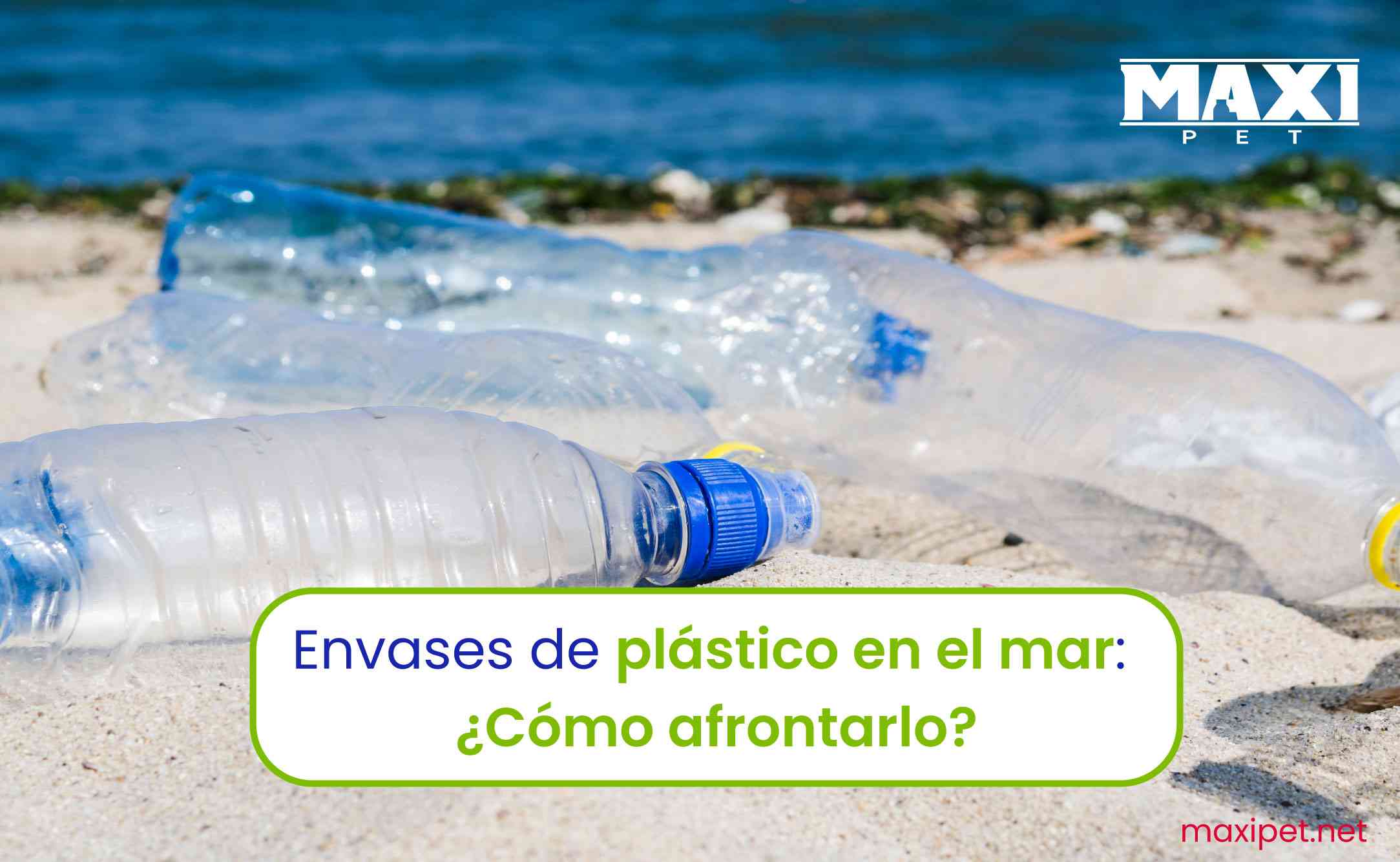Plastic containers in the sea: How to deal with it?

Every year around 13 million tons of plastic end up in the ocean. According to the United Nations (UN), the pollution caused by plastic containers in the sea has grown considerably in recent years and is expected to double by 2030, with terrible consequences for health, biodiversity, and the climate.
A report by the United Nations Environment Program (UNEP) describes the current pollution of the planet as a global crisis and emphasizes the need to act quickly to control this problem from the root. Therefore, what we seek is to promote small changes that are capable of reducing this impact. Although reducing the production of these containers is the first solution proposed, reuse and recycling pose viable alternatives to solve the problem of plastic containers in the sea.
It is important to consider that around 40% of plastics come from the packaging industry. This industry encompasses all those companies that are dedicated to packaging products to protect them to facilitate their handling, transport, and storage.
The root of the problem
Annually, approximately 30 billion bottles end up in different oceans. According to data collected by Coastal Clean Up in its report, plastic bottles occupy the fifth place of polluting objects and are preceded only by cigarette butts, food packaging, straws, and disposable cutlery.
Another polluting factor that is essential to consider is that unprocessed plastic becomes microplastics. Microplastics are small particles up to 5 mm in diameter, which come from different types of waste, such as plastic bags, bottles or even fishing nets. According to the UN, microplastics can enter the human body by inhalation and absorption through the skin and accumulate in the organs. This means that plastic is ingested through seafood, beverages, and even common salt.
Solutions to avoid plastic containers in the sea
1. Circular economy
The current economic model is linear, meaning we only take care of extracting, producing, and wasting. To prevent causing a greater impact on the planet, it is very important to transform and raise awareness of how we manage and manufacture our products, to how we use and dispose of them.
According to the Ellen Macarthur Foundation, the circular economy offers a system in which materials are designed to be used, not used up. This means that from the outset, products and the systems they are contained in must be designed to ensure no materials are lost, no toxins leach out, and maximum use is made of each process, material, and component.
2. Packaging recycling
Plastic recycling is a process of recovering and processing waste to transform it into functional and useful products. To achieve positive results with this technique, it is very important to know the classification of the different types of plastic, since its identification will facilitate its recycling.
For example, PET is a 100% recyclable material that also requires less energy and less water for its manufacture and recycling. In addition, it has been shown to have a lower carbon footprint compared to other materials such as glass, aluminum, and cardboard.
Without a doubt, it is everyone's responsibility (from the industry to the consumer) to manage plastic waste conscientiously and prevent it from ending up in the sea. If you have any questions about this topic or want to purchase 100% recyclable packaging, please do not hesitate to contact our team.



